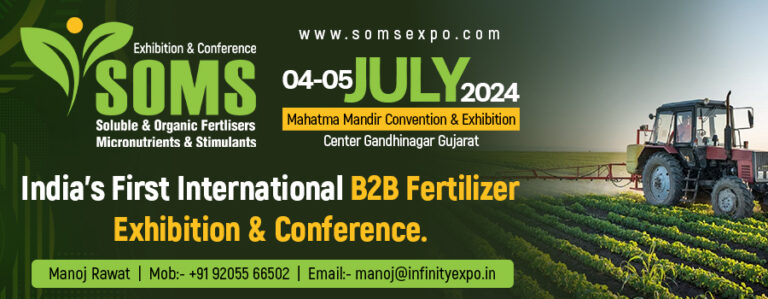In the world of industrial automation and process control, transmitters are indispensable devices that bridge the gap between field sensors and control systems. These devices transform raw sensor data into standardized signals, enabling seamless and accurate communication across various monitoring and control systems. This article delves into the functions, types, and applications of transmitters, highlighting their critical role in maintaining efficiency and reliability in industrial processes.
Understanding Transmitters
A transmitter is an electronic device that converts the analog signal from sensors into a standardized signal, typically 4-20 mA, which can be easily read and processed by control systems such as Programmable Logic Controllers (PLCs), Distributed Control Systems (DCS), or data acquisition systems. This conversion is essential for maintaining signal integrity over long distances and ensuring consistent data quality.
Key Functions of Transmitters
Signal Conversion: The primary function of a transmitter is to take the raw data from sensors—whether it’s temperature, pressure, flow, or level—and convert it into a standardized output signal. This process ensures that the data is consistent and reliable for monitoring and control purposes.
Signal Transmission: Transmitters are designed to transmit the converted signals over long distances without significant loss of signal quality. This is crucial in industrial environments where sensors and control systems are often located far apart.
Signal Conditioning: Many transmitters include built-in signal conditioning features, such as amplification, filtering, and linearization, to enhance the accuracy and reliability of the transmitted signal. This conditioning ensures that the signal is stable and free from noise and interference.
Diagnostics and Calibration: Modern transmitters come equipped with diagnostic features and self-calibration capabilities. These functionalities help maintain the accuracy of the measurements over time, providing real-time diagnostics and alerts for maintenance needs.
Types of Signals
Transmitters typically convert sensor data into one of the following standardized signals:
Analog Signals: The 4-20 mA current loop is the most common analog signal used in industrial applications. This signal is preferred because it is immune to electrical noise and can travel long distances without degradation.
Digital Signals: Advanced transmitters use digital communication protocols such as HART (Highway Addressable Remote Transducer), Foundation Fieldbus, and Profibus. These protocols allow for the transmission of not only the process variable but also additional data such as device diagnostics, configuration settings, and multiple process variables simultaneously.
Types of Transmitters
Transmitters are categorized based on the type of measurement they perform:
Pressure Transmitters: These devices measure the pressure of gases or liquids and convert the pressure readings into a standardized signal. They are essential in various applications, from monitoring pipeline pressures to controlling the pressure in boilers.
Temperature Transmitters: Utilizing sensors like thermocouples or RTDs (Resistance Temperature Detectors), temperature transmitters convert temperature measurements into an electrical signal. This signal is crucial for maintaining the desired temperature in heating, cooling, and process control applications.
Flow Transmitters: These transmitters measure the flow rate of liquids or gases. They are vital in applications such as chemical processing, water treatment, and oil and gas operations, where precise flow control is essential.
Level Transmitters: Level transmitters measure the level of a substance within a container or tank. They are used extensively in storage tanks, silos, and process vessels to ensure proper inventory management and process control.
Applications of Transmitters
Transmitters are used across a wide array of industries and applications, including:
Process Control: In sectors like oil and gas, chemical, and pharmaceuticals, transmitters are crucial for maintaining optimal operating conditions by providing accurate and real-time process variable measurements.
Environmental Monitoring: Transmitters are employed to monitor environmental parameters such as air and water quality, ensuring compliance with safety and environmental regulations.
Manufacturing: In manufacturing facilities, transmitters play a critical role in quality control and process optimization, ensuring that production processes run smoothly and efficiently.
Building Automation: In HVAC systems and building management systems, transmitters monitor and control environmental conditions, enhancing comfort and energy efficiency.
Conclusion
Transmitters are the backbone of modern instrumentation, enabling the precise and reliable transmission of process data from field sensors to control systems. By converting raw sensor signals into standardized outputs, transmitters ensure that industrial processes are monitored and controlled with high accuracy and efficiency. Whether in process control, environmental monitoring, manufacturing, or building automation, the role of transmitters in maintaining operational integrity and enhancing system performance cannot be overstated. Regular maintenance and calibration of transmitters are essential to ensure their continued accuracy and reliability, thereby safeguarding the efficiency and safety of industrial operations.
















